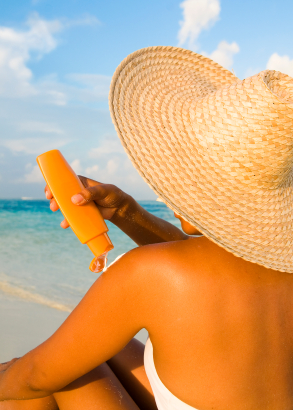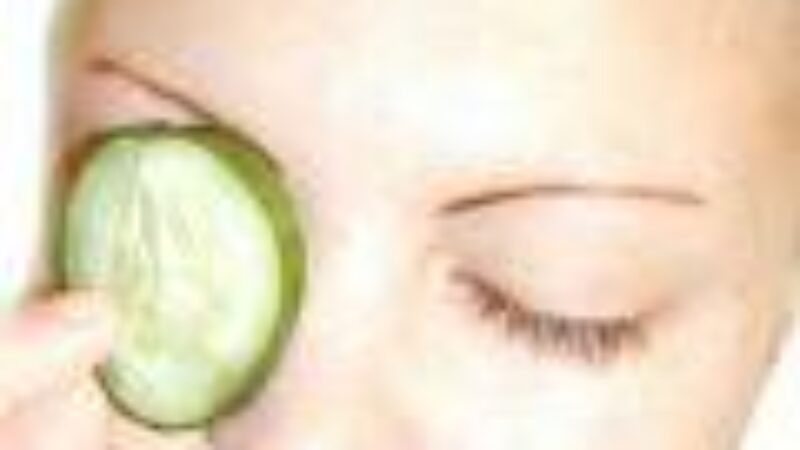Recent introductions of higher and higher SPF sunscreens – as high as SPF 100 – are making many of us wonder whether we should be considering these products. When it comes to choosing a sunscreen, should you choose the product with the highest SPF?
SPF – What It Means
Before deciding that an SPF 100 product is the one for you, it’s important to understand what the SPF rating stands for. SPF stands for sun protection factor and is a gauge for the amount of protection a sunscreen delivers against UVB rays. UVB rays are the ones associated with Burning. They are prevalent mainly in the summer and increase with sunshine intensity. UVB rays stimulate melanin production and are also helpful for synthesizing vitamin D.
What SPF doesn’t indicate is the amount of UVA protection that a sunscreen delivers. UVA rays are those rays associated with Aging. UVA rays are prevalent year round and can penetrate through glass. They also penetrate deeper into the skin than UVB rays and can result in extensive damage to the skin resulting in premature aging.
Both UVA and UVB rays may contribute to skin cancer. And they’ve also been found to weaken the immune system.
An SPF 30 sunscreen blocks against about 97% of UVB rays compared to an SPF 60 formulation which will block close to 99%. No sunscreen will block 100% of UV rays, even newer formulations that go as high as SPF 100.
How Much SPF Do You Need?
In order to determine the amount of time that you can safely stay under the sun without burning follow this example:
- Figure out how long it would take your skin to burn without any sunscreen
- Now multiply that by the SPF of the sunscreen you are using. In this case let’s assume that you start to burn after 20 minutes of unprotected UV exposure
- Multiply the burn time by the SPF of the sunscreen. Let’s assume you choose a product with an SPF of 10. In this example SPF 10 x 20 minutes = 200. You would be safe for 200 minutes in the sun using sunscreen. Reapplication does not double the time that you can stay in the sun without sunburn or skin damage.
A word of caution: SPF is also dependent on how liberally you apply your sunscreen. A scanty application will result in less SPF protection than may be indicated on the bottle. In fact, a recent study suggests that most of us only apply enough sunscreen to give us between 20 and 50% of the SPF protection stated on the bottle. So even with if you’re applying an SPF 60 product, you may only be getting an SPF of between 12 and 30. An SPF 15 product may only be delivering between SPF 3 and 7.5!
How much to apply? Studies done in labs to calculate SPF use about a shot glass (1 oz/30 ml) for the body. That means that a 3 oz/100 ml bottle will only last you 3 applications if you are applying it correctly over your entire body.
What You Need Is Broad Spectrum UVA and UVB Protection
In choosing a sunscreen that’s going to protect against both UVA and UVB rays, look for effective ingredients. Don’t be swayed by high SPF ratings. An SPF 100 sunscreen may only be delivering protection from UVB rays. Ensure that the formulation you choose also is protecting from UVA rays. Ingredients including Mexoryl SX, Mexoryl XL, zinc oxide, Tinosorb M, Tinosorb S deliver good UVA protection. For more information read our post on which sun filters to look for in choosing a sunscreen.




